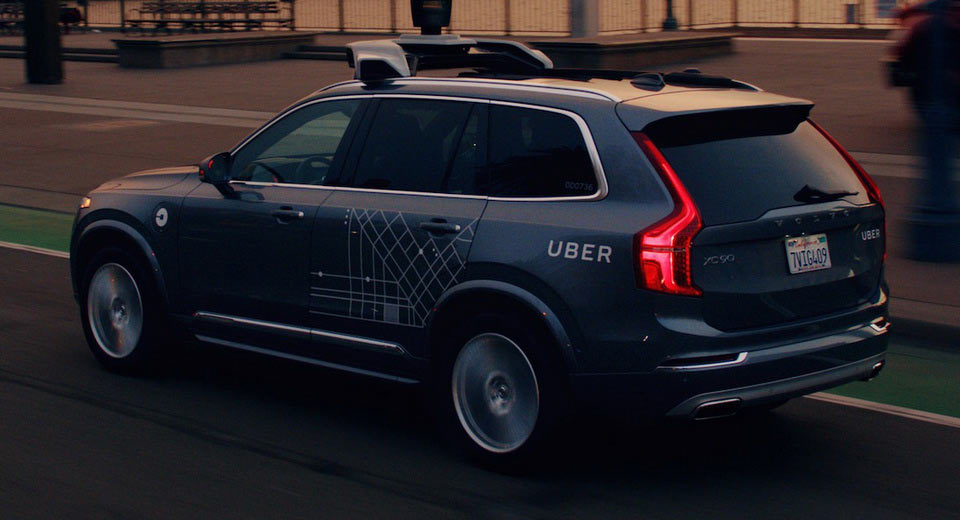Following Sunday’s incident that saw an autonomous Volvo SUV operated by Uber strike and kill a 49-year old woman in Arizona, the state’s push to attract self-driving automakers and companies has been thrown into question.
It was Arizona Governor Doug Ducey that signed the executive order to support the testing of self-driving cars, an order that was meant to reflect “innovation, economic growth, and most importantly, public safety.”
All of this occurred shortly after California had ordered Uber to stop testing its self-driving cars in San Francisco without proper testing permits. Arizona’s governor saw an opportunity and took it, and in doing so made the state an attractive venue for autonomous car testing, according to NPR.
“Arizona welcomes Uber self-driving cars with open arms and wide open roads,” said Gov. Ducey in a statement back in 2016. “While California puts the brakes on innovation and change with more bureaucracy and more regulation, Arizona is paving the way for new technology and new businesses.”
As time passed, Arizona (specifically metro Phoenix) became one of only three places in the U.S. where people could hail an autonomous Volvo SUV from Uber, although with a human operator at the driver’s seat.
According to The Arizona Republic, enough of these cars started roaming the city for people to say that “their bulky rooftop sensors are now a common sight.”
Yet, safety advocacy groups such as Consumer Watchdog described Arizona as “the wild west of robot car testing,” saying that the only reason why Uber and Waymo test their autonomous vehicles there is because there is “no regulation in place.” They also went on to add that “when there’s no sheriff in town, people get killed.”
As for the cause of Sunday’s accident, according to The San Francisco Chronicle, Phoenix police chief Sylvia Moir said that, based on the Uber-operated XC90’s dashcam footage, “it would have been difficult to avoid this collision in any kind of mode based on how she came from the shadows right into the roadway.”
Uber immediately suspended its testing program, but the question remains: are autonomous vehicles good and ready to hit the road or do they still need work, along with new legislation, before they are allowed to roam free?






